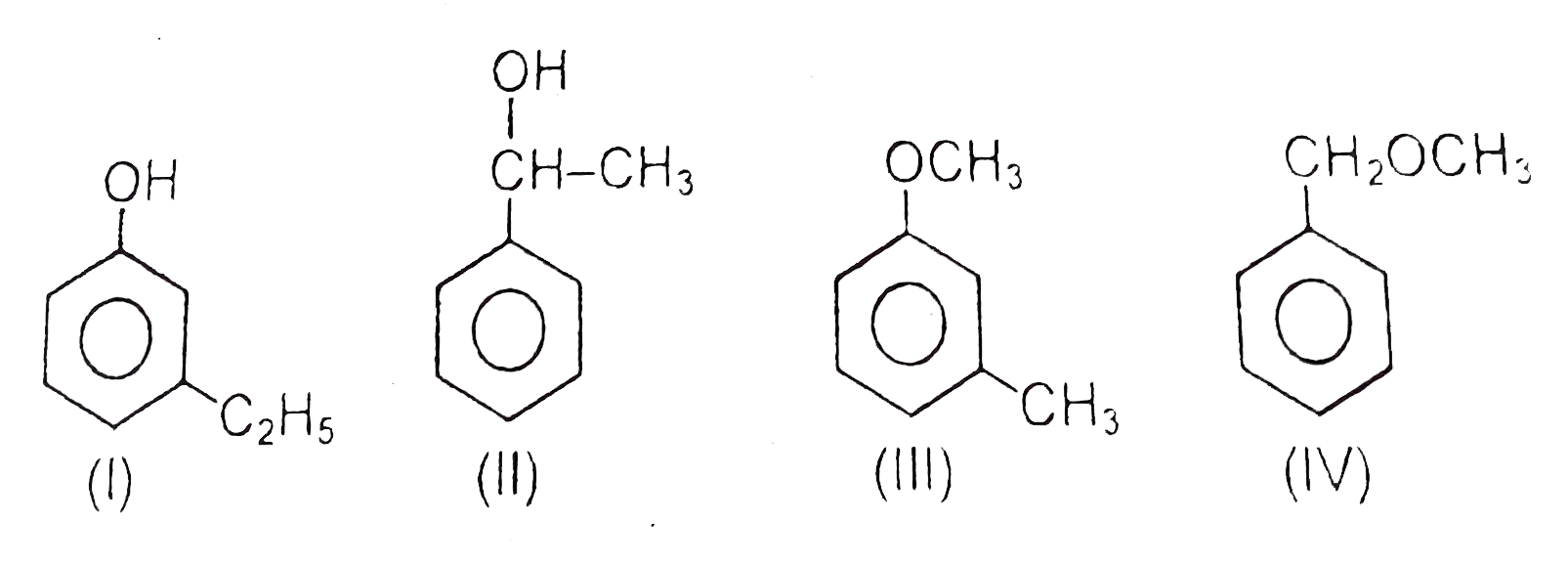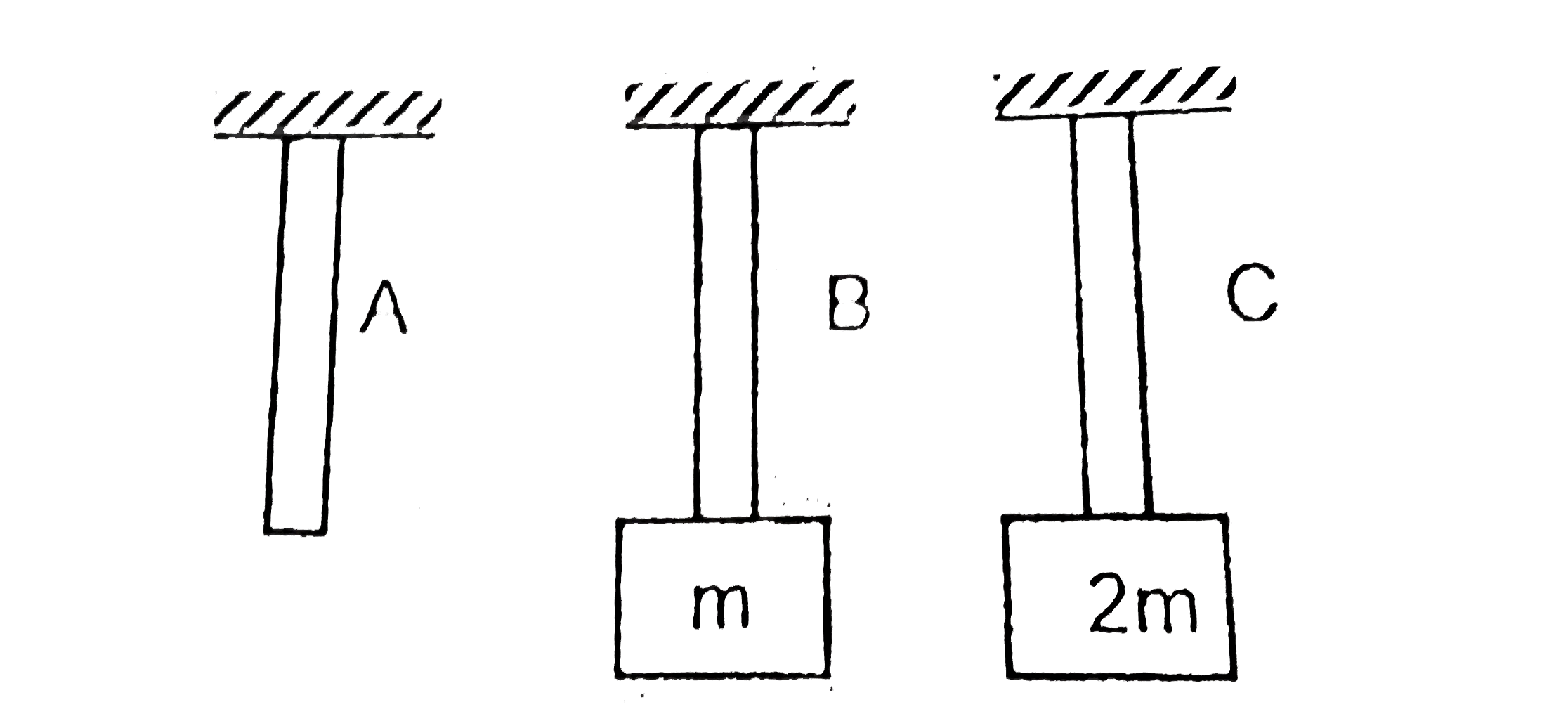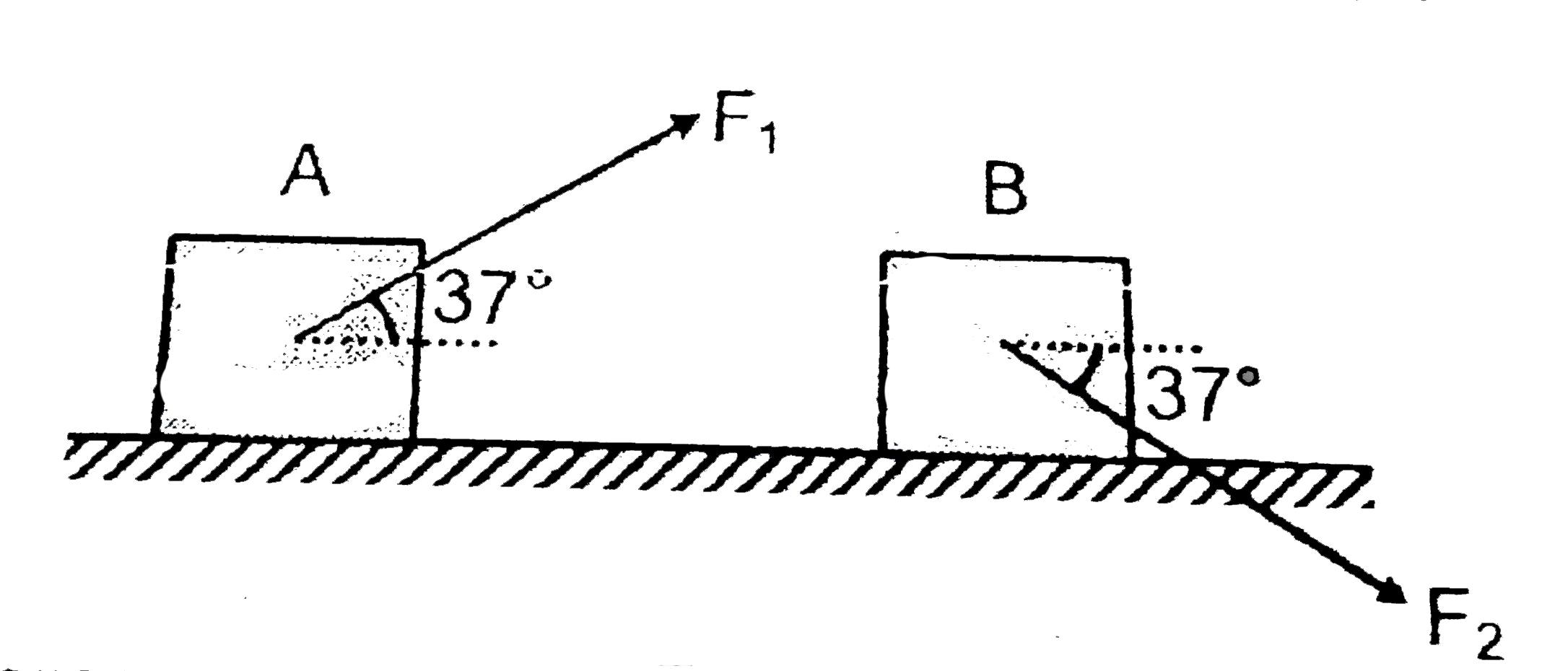Choose the correct statement(s).
Motion necessarily takes place along the direction of force
If no force acts, the body stays at rest
A body in motion need not be acted upon by a force
A change in speed is always there, whenever a force is applied on a moving body
The correct Answer is:A, C, D
To solve the question of choosing the correct statements regarding motion and force, let's analyze each statement one by one.
1. Statement 1: Motion necessarily takes place along the direction of force.
- Analysis: This statement is incorrect. A force can change the velocity of a body, but it does not dictate the direction of motion. For example, if a car is moving at a constant velocity and a force is applied in the opposite direction, the car will slow down but will not stop immediately. Therefore, motion does not necessarily take place along the direction of the force.
- Conclusion: This statement is false.
2. Statement 2: If no force acts, the body stays at rest.
- Analysis: This statement is also incorrect. According to Newton's first law of motion, a body will remain in its state of rest or uniform motion unless acted upon by a net external force. If a body is already in motion (like a car moving at a constant velocity), it will continue to move even if no additional force is applied. Thus, a body can be in motion without a force acting on it.
- Conclusion: This statement is false.
3. Statement 3: A body in motion need not be acted upon by a force.
- Analysis: This statement is correct. As established in the analysis of the previous statements, a body can maintain its motion (constant velocity) without any force acting on it. This aligns with Newton's first law of motion.
- Conclusion: This statement is true.
4. Statement 4: A change in speed is always there whenever a force is applied on a moving body.
- Analysis: This statement is true. When a force is applied to a moving body, it causes an acceleration (or deceleration) depending on the direction of the force relative to the motion. If the force is in the same direction as the motion, the speed increases; if it is in the opposite direction, the speed decreases. Therefore, there is always a change in speed when a force is applied.
- Conclusion: This statement is true.
Final Answers:
- Correct Statements:
- Statement 3: A body in motion need not be acted upon by a force.
- Statement 4: A change in speed is always there whenever a force is applied on a moving body.
- Analysis: This statement is incorrect. A force can change the velocity of a body, but it does not dictate the direction of motion. For example, if a car is moving at a constant velocity and a force is applied in the opposite direction, the car will slow down but will not stop immediately. Therefore, motion does not necessarily take place along the direction of the force.
- Conclusion: This statement is false.
- Analysis: This statement is also incorrect. According to Newton's first law of motion, a body will remain in its state of rest or uniform motion unless acted upon by a net external force. If a body is already in motion (like a car moving at a constant velocity), it will continue to move even if no additional force is applied. Thus, a body can be in motion without a force acting on it.
- Conclusion: This statement is false.
- Analysis: This statement is correct. As established in the analysis of the previous statements, a body can maintain its motion (constant velocity) without any force acting on it. This aligns with Newton's first law of motion.
- Conclusion: This statement is true.
- Analysis: This statement is true. When a force is applied to a moving body, it causes an acceleration (or deceleration) depending on the direction of the force relative to the motion. If the force is in the same direction as the motion, the speed increases; if it is in the opposite direction, the speed decreases. Therefore, there is always a change in speed when a force is applied.
- Conclusion: This statement is true.
- Correct Statements:
- Statement 3: A body in motion need not be acted upon by a force.
- Statement 4: A change in speed is always there whenever a force is applied on a moving body.
Similar Questions
Choose the correct statements(s):
View SolutionConsider the following compounds:

Choose the correct statements(s) from the following:
View Solution
Consider the three ropes of same length and same linear density as (shown in figure) suspended from the ceiling.
A pulse is generated at the lowest point of the three ropes simultaneously. Choose the correct statements(s)
View Solution
In the adjacent figure blocks A and B of weight W each are lying at rest on a rough horizontal surface. They are pulled by applying forces F1 and F2 as shown in figure. When blocks are in limiting equilibrium F2=5F1 Choose the correct statement (s) (Assume same coefficient of friction for both the blocks)
View SolutionA curved surface of radius R separates two medium of refractive indices μ1andμ2 as shown in figures A and B .
_E01_077_Q01.png)
Choose the correct statement(s) related to the real image formed by the object O placed at a distance x, as shown in figure A.
View SolutionA curved surface of radius R separates two medium of refractive indices μ1andμ2 as shown in figures A and B .
_E01_078_Q01.png)
Choose the correct statement(s) related to the virtual image formed by object O placed at a distance x, as shown in figure
View SolutionThe instantaneous charge on capacitor in two discharging RC circuils is plotted with respect to time in figure. Choose the correct statement (s) (where E1 and E2 are emfs of two DC sources in two different charging circuits and capacitors are fully charged ).

View SolutionChoose the correct statements
View SolutionChoose the correct statements.
View SolutionChoose the correct statements
View Solution
